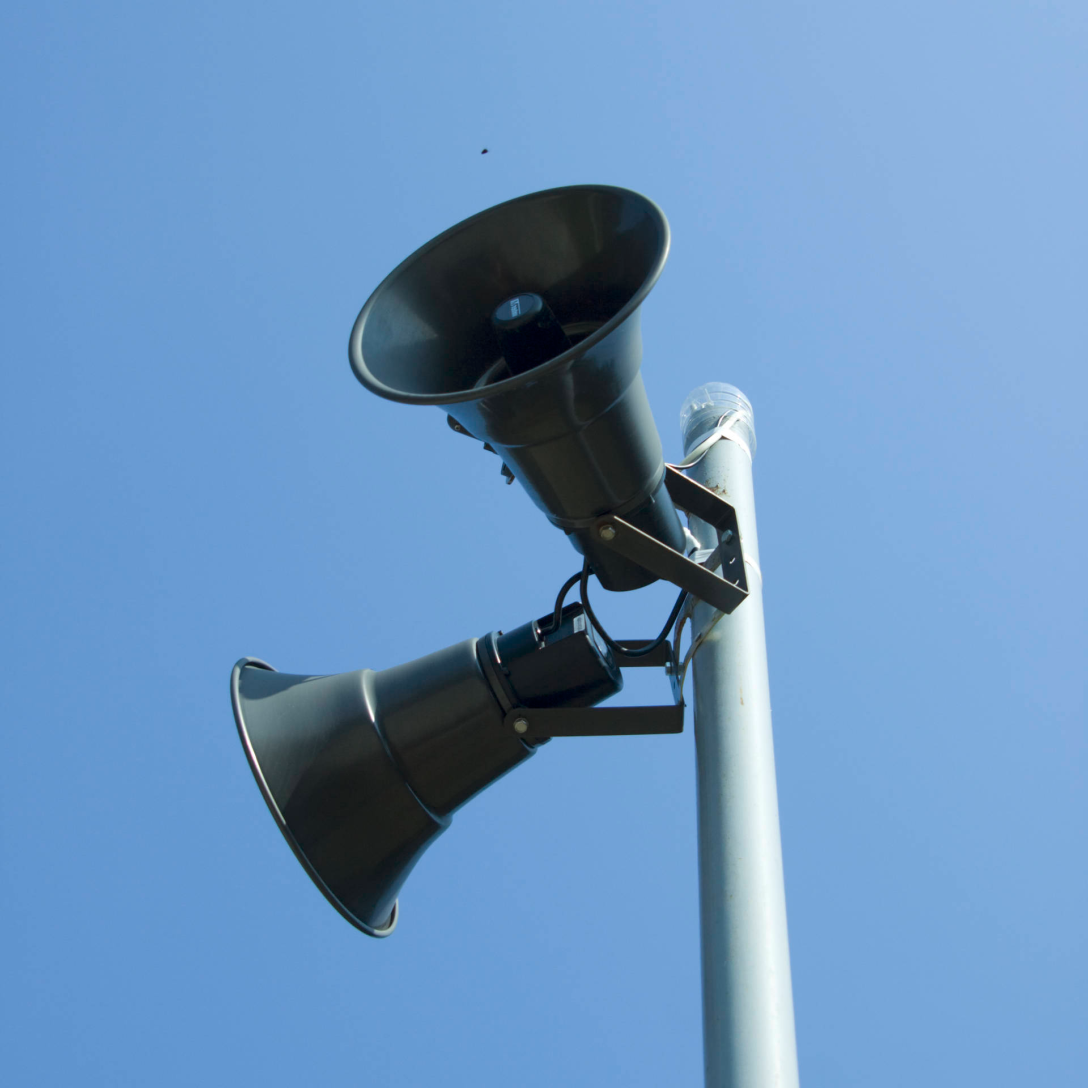
Alarming News
Before moving our family to Austin, Texas, we lived in Maplewood, NJ where we owned a 110-year old home. It’s a beautiful house with original mahogany moldings, unique pine flooring and a gorgeous wrap-around porch.
But, it also had a basement that was full of water after Hurricane Sandy, a kitchen from the 80’s (which we renovated before selling), knob-and-tube wiring and plaster walls.
Modernizing it was a money-losing battle.
Knowing that, you can probably understand why we were ecstatic when we moved into our new home in Austin.
Because it's new.
Just built.
Never lived in.
By anyone.
And it has a modern, open concept layout with modern construction and amenities. Things like energy efficient windows, central air conditioning, a sprinkler system for the lawn and a home security system.
When we lived in Maplewood, I tried an after-market home security system almost 15 years ago. It never worked properly and installation required sticking chunky white pieces of plastic on every door and window. I canceled the service and tossed it all.
Based on that experience, it was nice to have the house pre-wired with hidden (or barely visible) alarm contacts everywhere. Better still, if we have it professionally monitored, we receive a discount on our homeowners insurance.
Something about it bugged me, though.
I mean, WE LIVE IN THE FUTURE, where everything is “smart” and networked, yet the home security system they installed in our house is the same technology that’s been in use since it was invented in 1853. Seriously – you can buy the units that's installed in our house on eBay for $60.
It can only be programmed and managed through its archaic keypad. There are no DIY instructions. (So that they can protect their installer network, of course.) It has no remote access controls and has to be wired for monitoring via a 2G cellular modem since we don’t have old school telephone service, only internet over fiber.
So when Amazon presented its 2019 product showcase, as far as I’m concerned, the most interesting thing they announced wasn’t the Amazon Smart Oven or the new Echo Buds.
It was the Ring Retrofit Alarm Kit.
This magical device lets you connect your existing wired home security system to a Ring Alarm Base Station*. From that, you can get professional monitoring over the internet – with LTE cellular backup – and control the entire system via the Ring mobile app, including arming, disarming, guest access and panic mode.
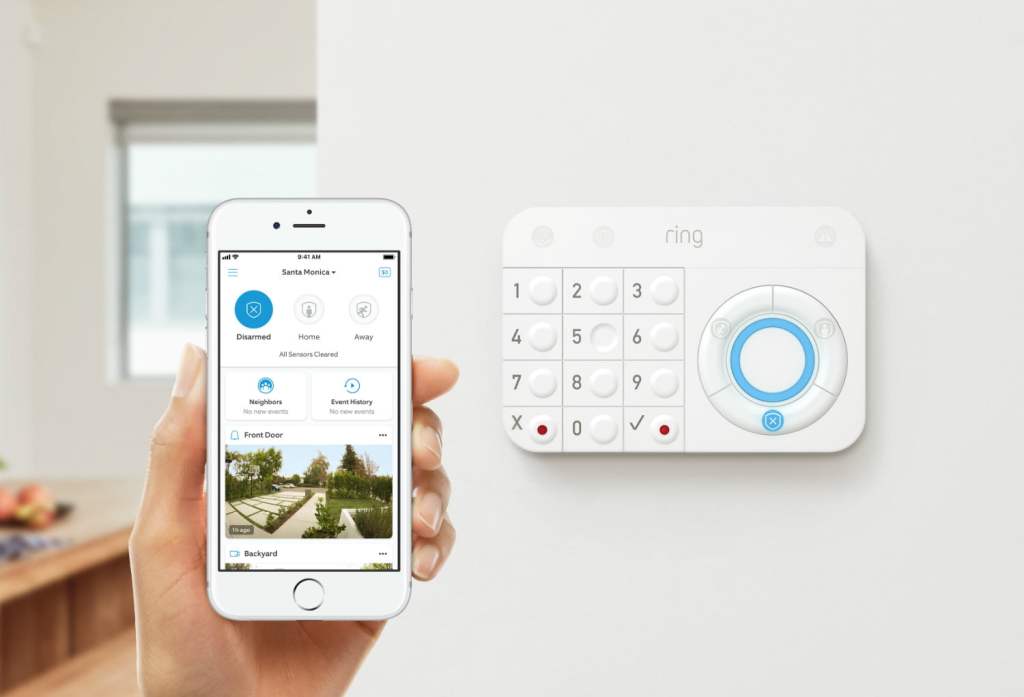
You can also add wireless accessories like motion sensors and keypads.
Every component is either battery powered or has battery backup. If, for whatever reason, a thief decides that our home is an attractive target and figures out how to cut the power, the entire system still functions. If said thief decides to cut the internet connection, the system will still send triggers over LTE.
Nerd Note: Backup and redundancy are your friends. End Nerd Note.
I installed the Ring Alarm Base Station before the Retrofit Alarm Kit arrived, which was simple.

I hid the base station (which also acts as the primary siren) behind some picture frames on the entertainment center in the living room and added a second wireless keypad by the backdoor so that I don’t have to run to the front of the house to disarm the system when my 14-year-old Cocker Spaniel needs to go out to the backyard in the middle of the night. (She’s a senior dog. I have to move quickly or things can get messy.)
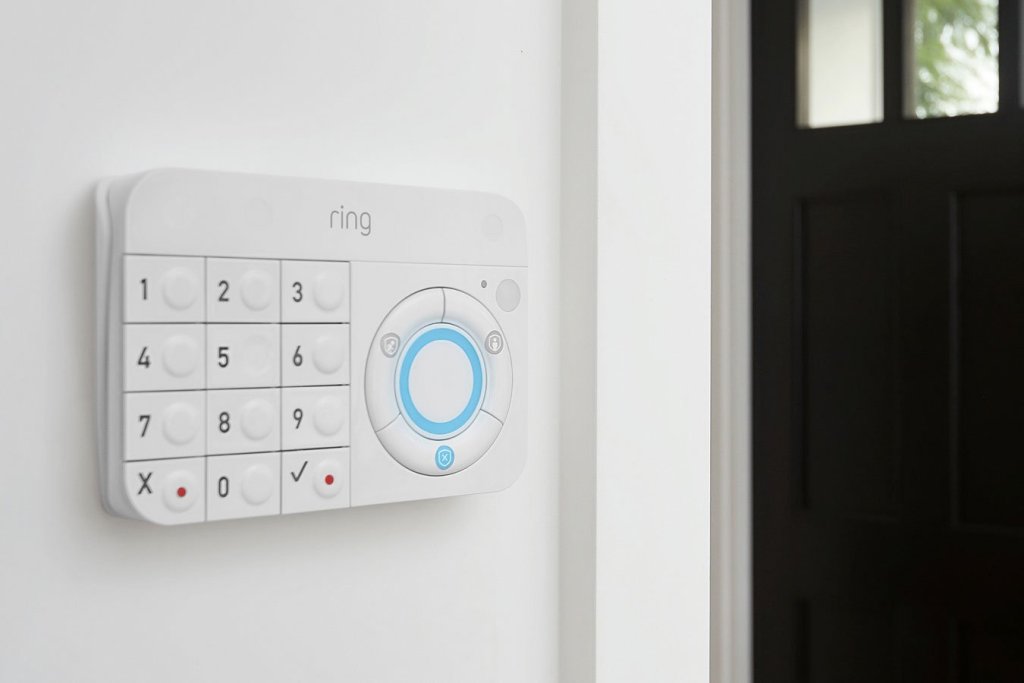
Next, I added an additional Dome Siren to ensure that anyone on the second floor can also hear the alarm and a second motion sensor to cover the front and garage doors.
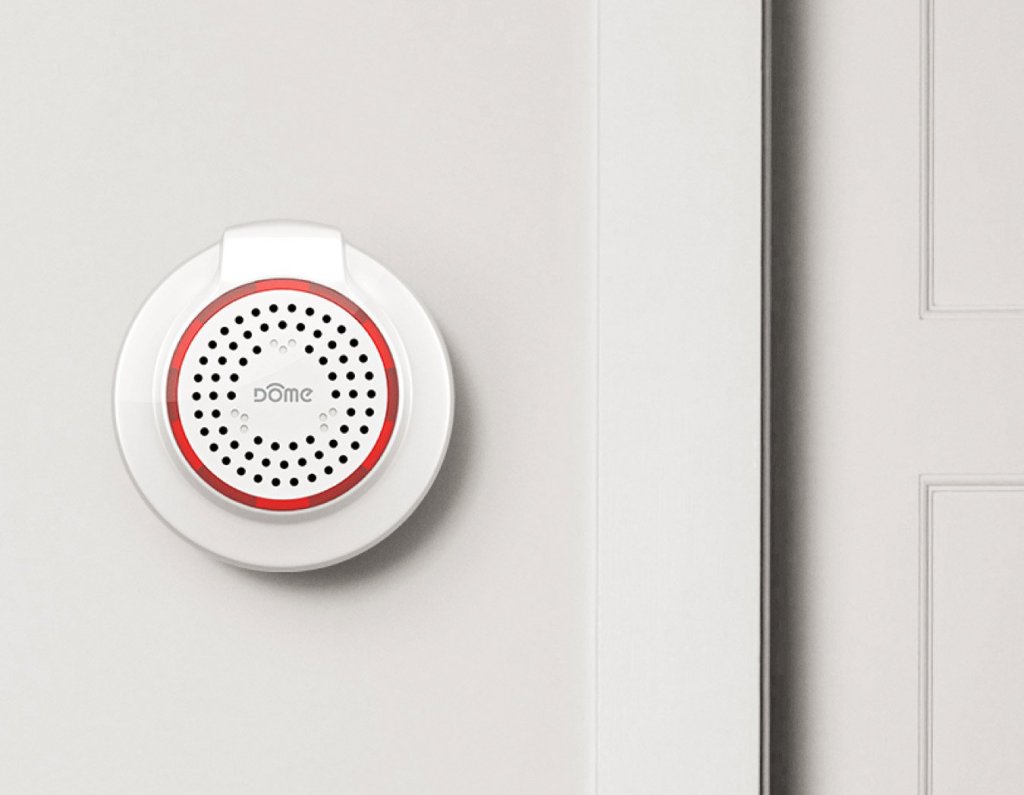
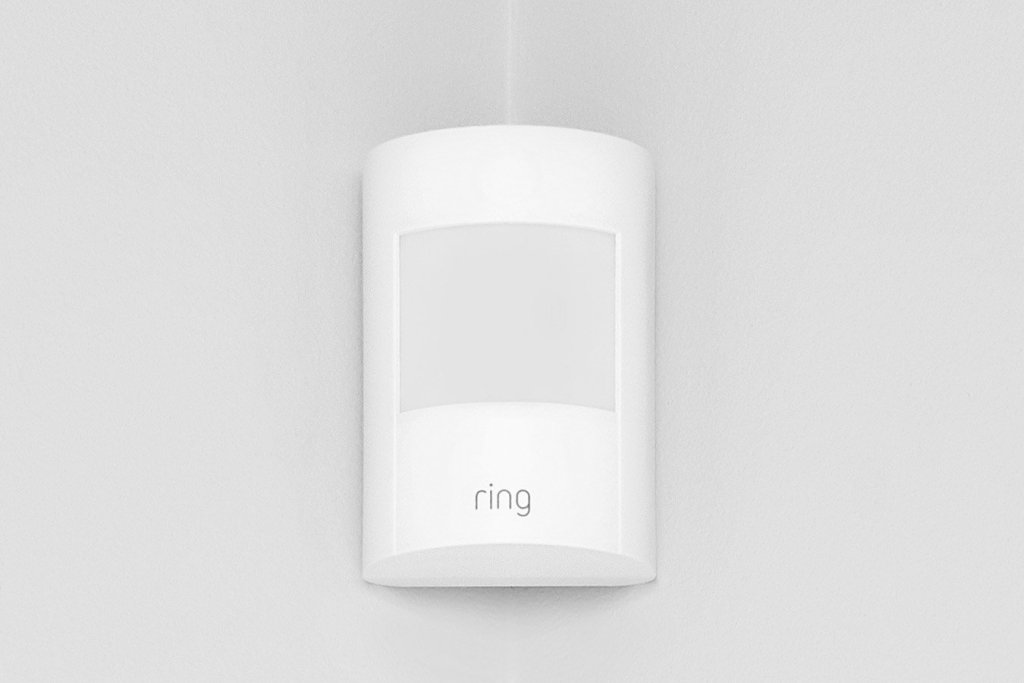
Truly Alarming
While I’m pretty comfortable with most tech, I had a momentary loss of confidence when reading the product page for the Retrofit Kit on Ring.com and opted for professional installation from OnTech Smart Services.
That was a huge mistake.
After showing up an hour later than than the allotted window, the installer – a nice, young guy in his early 20’s – had no idea what he was doing. He’d never installed one of these before and had only watched a YouTube video. I immediately lost confidence.
And, boy, was I right.
Step number one in any job like this: label all your wires before you pull everything apart. Even though there were supposed to be six zones to connect, he labeled only three wires – and they were all labeled incorrectly. The scary part is that he connected the AC power and siren as zones. (Thankfully, I had already disconnected the power or he would have fried the unit.)
Then, I had to remove the old alarm system while he was reading the documentation on his phone and talking to his manager because he thought he was going to install a wireless system in the existing steel box. Nothing about the Retrofit Kit worked when he left. His “manager was going to call me to reschedule” but that never happened.
I contacted them for a refund and they were supposed to get back to me “in the morning.” That also never happened. I finally disputed the charge with my credit card issuer.
The next day, I ended up pulling apart his mess and installed the system myself. It only took me about an hour, but what I discovered during the installation process really pissed me off.
Let me explain.
When we bought the house, the alarm was pre-installed during construction. (The best time to do it, natch.) The installers wired everything to a DSC PC1616 – a six zone alarm system. However, there are 20 wired zones in the house.
How did they accomplish this magical feat? They spliced numerous zones into single zone ports on the alarm system and just labeled them “Garage-Office-Dining Room-Back Door.”
It was a total clusterf*ck.
First, because it was a hack and second, because the Ring Retrofit Alarm Kit runs on Lithium batteries, and there isn’t nearly enough power from one of these batteries to activate and monitor multiple zones on a single circuit.
Since each Retrofit Alarm Kit only has eight zones, I ended up having to buy a second unit so that I could properly wire each zone. For those of you doing the math at home, yes, there will be a few zones that aren’t wired, but all of them require a thirty-foot ladder to get near them, so I feel comfortable leaving them that way, for now. I may grab a third unit when they go on sale in the future, just to make sure all zones are wired.
Finishing Touches
My final configuration will be to set up our Echo devices with Alexa Guard to act as glass break, smoke and carbon monoxide sensors. (We own five Echo Dots and a Sonos Play One, though only the Echo devices support this feature.) This is a huge bonus – I don’t have to buy any additional hardware** to let the monitoring station know which sensor is triggered. If no one responds to the safety check, Ring will simply send the appropriate first responders to the house.
My favorite part of the whole setup is the remote access. Anyone in our family can now arm and disarm every sensor in the system from our smartphones wherever we are and also grant access to friends and family by giving them a temporary passcode. The convenience is great.
The icing on the proverbial cake?
The professional monitoring from Ring is half the cost of monitoring from my existing service provider – and I didn’t have to pay extra for the cellular hardware. The purchase of the Ring products will almost pay for themselves in the first second year and the system includes all the convenience we’ve been waiting for.
I’ll unload the old system on eBay or Facebook Marketplace.
Footnotes
*Only 8 zones are supported.
**If you don’t have an Echo device, you can purchase a sensor that will listen for your smoke or CO alarms and send the appropriate trigger to the monitoring station.

